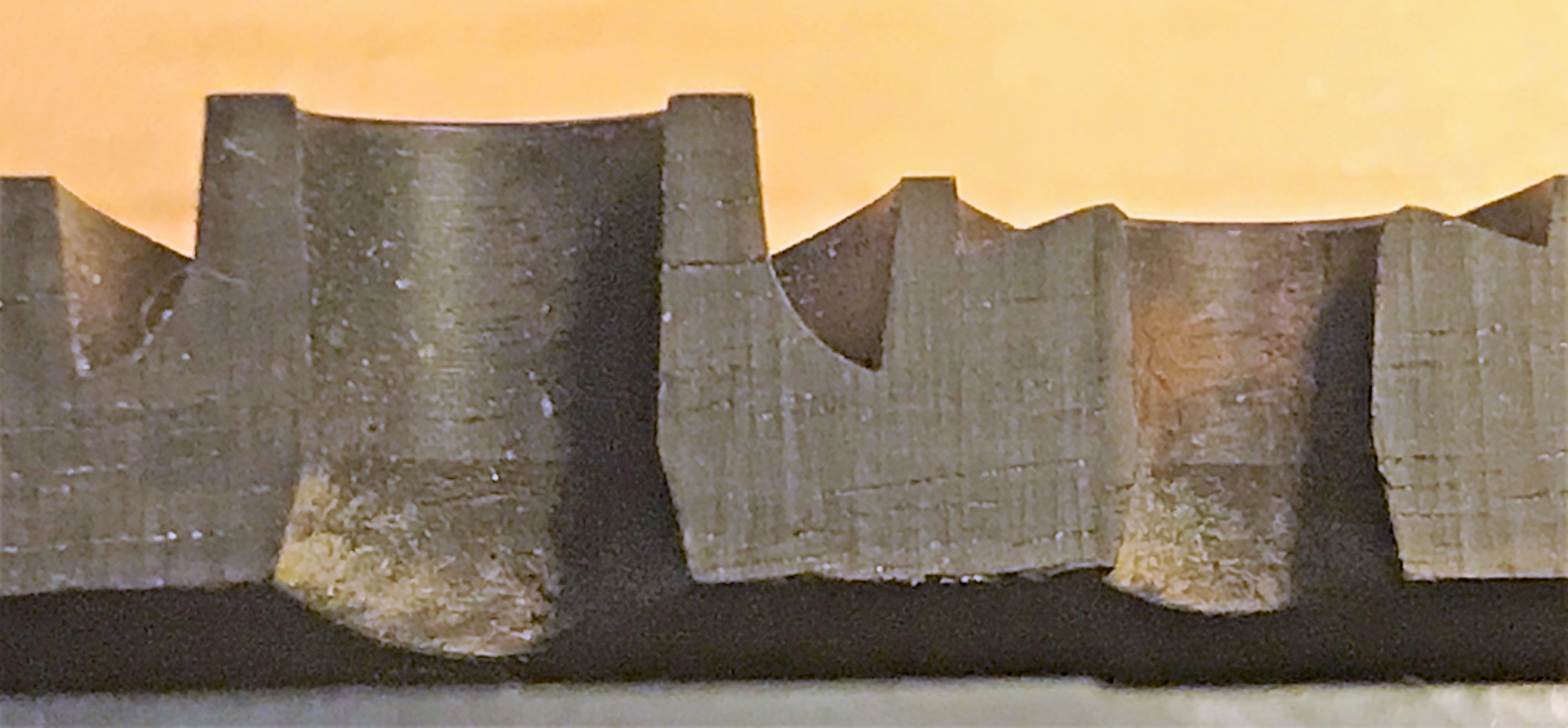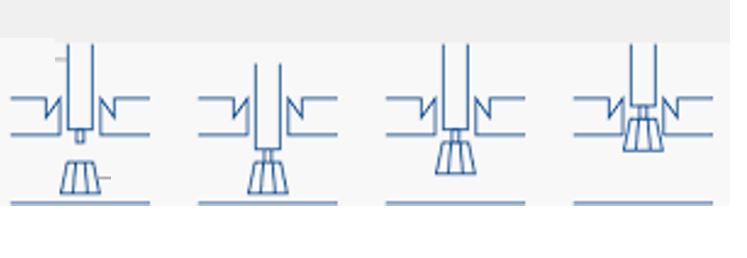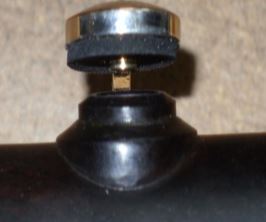-
Lohff & Pfeiffer
About Lohff & Pfeiffer
Iimprint
Contact
Newsletter
Location
L&P team
- Instruments
General
Trade options
About clarinet
Search specific instrument
Ab-clarinet
Eb-clarinet
D-clarinet
C-clarinet
Bb-clarinet
A-clarinet
Mozart basset-clarinet A
G-clarinet
Bassethorn F
Alto-clarinet Eb
Bass-clarinet
Contraalto Eb-clarinet
Contrabasse Bb-clarinet
German-Albert system Bb
Reform Boehm A & Bb
Peter Bastian Instruments
Plateau clarinets
Quartertone clarinet
- L&P Optimization
Optimization
Customization
Specialities
Special Keywork
- Accessories
General
Care products
For instruments
Reeds
Tools for reeds
Straps and hand rests
- Repair
Book time
About Repair
Maintenance
Plating-Surface treatment
Pads
Padding style
Cracks
Tone hole problems
Joints
- Tips & Advice
How to..
Videos
Worldwide external information
Problems & help
Education & learning

.Tone holes
The Instrument's tone hole position, size, length, and shape combined with the bore shape and diameter will, depending on the player's airspeed and mouthpiece, define the sound and intonation of the instrument. We distinguish between
1. Straight tone holes are used primarily on cheap and student instruments. They consist of just a straight cylindrical hole from the outside down to the bore. This will create a stable but inflexible intonation. This is an advantage for beginners since the tuning of the instrument will be rather stable and less dependent on their embouchure and airspeed within the piano to mezzo forte dynamic range, usually used by beginners. It also helps the beginner get used to correct intonation.
On the other hand, this will reduce the flexibility, which is often preferred if you like to play with a larger dynamic range, together with other players or like to play with bigger musical expression.
2. Tone holes with undercut enlarge their diameter towards the bore. They will allow a bigger dynamic and intonation flexibility. They are therefore the preferred tone hole shape on most professional clarinets.
Ring tone-hole and tone-hole with padseat, both with undercut
In the past, this tone hole undercutting used to be done by hand, which is one reason why instruments vary in intonation and sound from one to another.
The tone holes on many modern CNC (computer-numeric-controlled) machined instruments will have more consistent undercutting.
3. Stepped tone holes are further optimized tone holes primarily seen on oboes. They help to tune the instrument better over several registers.

4. Angled tone holes are very common on bassoons and recorders but are occasionally also used on clarinets. They help to get the finger position to a more ergonomical location without sacrificing the tuning which would require a different tone hole position.
5. Raised tone holes are seen on some professional instruments. They allow a better pitch proportion between the lower and higher registry. On some models from Selmer, they are also used to give a more stable intonation.
6.Good Intonation is designed and tuned to a specific pitch. The pitch is the point of reference and each note is tuned in a specific proportion related to the tuning tone. The standard pitch in Europe is 442/443Hz, in the US and England 440Hz at 20 Celsius or 68-70F . read more
Help us to get better
Was this article helpful?
Comments, additions or questions are always welcome at: info@clarinet.dk(C)2011 - by Lohff & Pfeiffer USA-6220 Rhode Island Ave-Riverdale Park MD 20737 - USA - Phone: (812) 340-0595 & 415 470 6879 - info@clarinet.dk - Instruments






